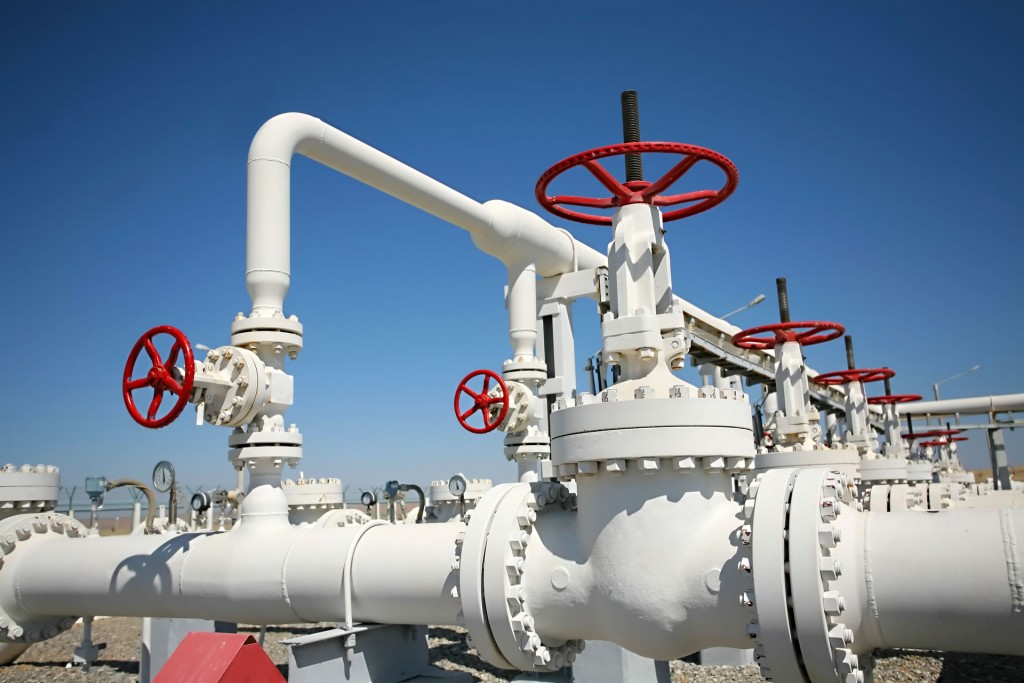Special Valves
 Interstate pipelines include a great number of valves along their entire length. These valves work like gateways; they are usually open and allow natural gas to flow freely, but they can be used to stop gas flow along a certain section of pipe. There are many reasons why a pipeline may need to restrict gas flow in certain areas, including for emergency shutdown and maintenance. For example, if a section of pipe requires replacement or maintenance, valves on either end of that section of pipe can be closed to allow engineers and work crews safe access.
Interstate pipelines include a great number of valves along their entire length. These valves work like gateways; they are usually open and allow natural gas to flow freely, but they can be used to stop gas flow along a certain section of pipe. There are many reasons why a pipeline may need to restrict gas flow in certain areas, including for emergency shutdown and maintenance. For example, if a section of pipe requires replacement or maintenance, valves on either end of that section of pipe can be closed to allow engineers and work crews safe access.
These large valves can be placed every 5 to 20 miles along the pipeline, and are subject to regulation by safety codes. Figure 1.2-6 shows a typical large aboveground valve on a natural gas pipeline.
A mainline valve site generally consists of a 40-foot by 40-foot area surrounded by a chain-link fence within the confines of the permanent pipeline ROW. Aboveground elements of each mainline valve site includes the piping with its valving that extends above ground for blow offs (including blowdown stacks, with some sites having permanent silencers attached for noise abatement) and bypass. The mainline valves appear as a small fenced area within a cleared ROW unless the site is in an open field.
